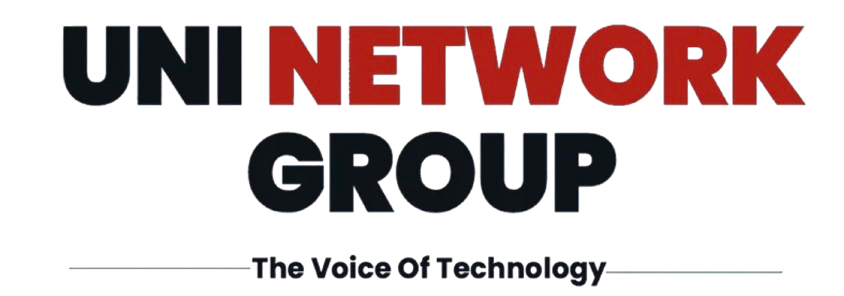The metal industry is facing increasing challenges, from rising material costs to the demand for complex and lightweight structures. Addressing these challenges, HS Automation, in collaboration with KUKA Robotics, has introduced a groundbreaking 3D metal printing solution that combines modular automation, precision robotics, and innovative software to transform the production of metal components.
Advanced 3D Metal Printing with KR IONTEC
The new 3D metal printing system integrates KUKA KR IONTEC robots with a synchronized turn-tilt table, adapting precisely to workpiece requirements. At its core, the Meltio printer head, equipped with six welding lasers, deposits and melts metal wire layer by layer onto the carrier material or the workpiece. The result: finished components requiring minimal or no post-processing
This advanced process reduces material waste, lowers manufacturing costs, and enables nearly unlimited design possibilities. The technology supports materials including stainless steel, titanium, Inconel®, and structural steel, with copper printing expected soon.
From Bionic Designs to Large-Scale Components
The robotic 3D metal printing cell allows for bionic designs and complex structures, ideal for lightweight construction, prototyping, and customized spare parts production. Small and medium-sized enterprises (SMEs) particularly benefit from faster production cycles, energy and material savings, and simplified workflows.
With KUKA.CNC software, CAD or CAM-designed structures can be executed directly, bypassing the need to convert designs into KUKA Robot Language (KRL), making the technology highly accessible for smaller manufacturers.
How the Technology Works
Unlike traditional laser sintering, the 3D printing process uses the robot’s mobility and synchronized movement with the turn-tilt table, rather than lowering the carrier. The DKP-400 V2 system ensures the printer head deposits material precisely at each layer. Large parts beyond conventional 50 x 50 cm dimensions can be manufactured without the need for support structures or complex powder management.
The laser applies material layers with a wall thickness of 2 mm, offering unmatched precision and consistency.![]()
Opportunities and Industrial Impact
“Thanks to this robotic solution, we are expanding manufacturing capabilities enormously,” says Rolf Steidinger, Managing Director of HS Automation. The system addresses critical challenges such as spare parts shortages, producing components that are otherwise unavailable through conventional methods.
This robotic metal additive manufacturing solution is poised to redefine the future of metal fabrication, enabling sustainable, cost-efficient, and highly versatile production for a wide range of industries.



 Share your Details for subscribe
Share your Details for subscribe